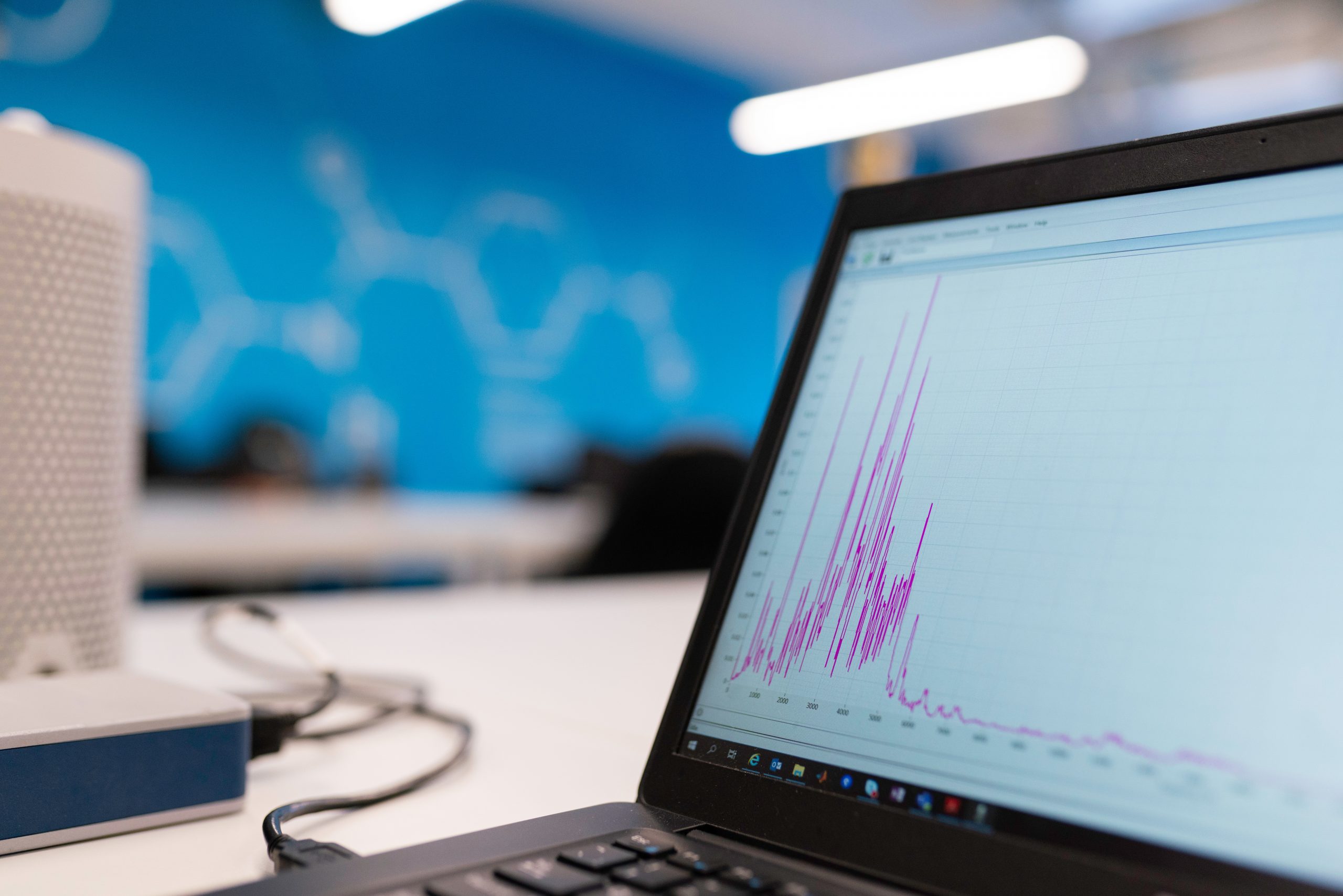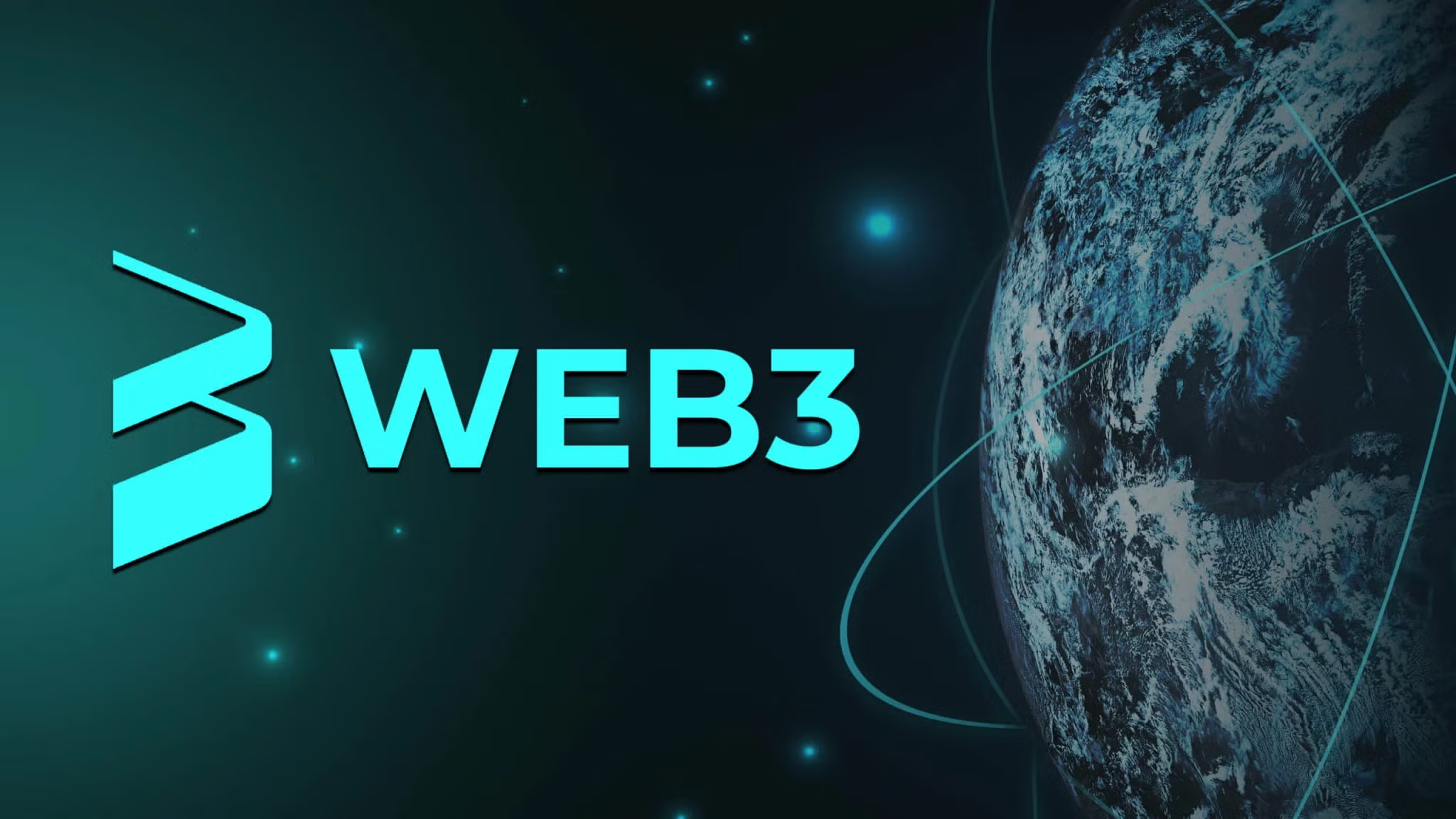Launching an ecommerce Minimum Viable Product (MVP) is a crucial step in establishing a successful online business. By starting with a basic version of your ecommerce platform, you can test the market, gather valuable user feedback, and make necessary adjustments before investing significant resources. In this article, we will guide you through the process of launching an ecommerce MVP with a minimum of costs, providing valuable insights and practical tips to help you succeed. The insights gathered in this article are based on our extensive experience in providing MVP development services.
Understanding the Concept of an Ecommerce MVP
Before we dive into the steps of launching an ecommerce MVP, let’s first clarify what exactly an MVP is. An MVP, or Minimum Viable Product, is the most basic version of your product that includes only the core features needed to address your target audience’s needs. It allows you to validate your idea, gather feedback from real users, and make informed decisions before investing more time and money into development.
As a software development company with a proven track record in building ecommerce solutions, we at WeSoftYou understand the value of launching an MVP. From our experience, it is essential to focus on delivering a minimum set of features and functionalities while ensuring a seamless user experience.
Defining Ecommerce MVP
An ecommerce MVP is a simplified version of your online store that allows users to browse products, add items to their cart, and complete a purchase. It should include essential features, such as product listings, shopping cart functionality, payment processing, and a user-friendly interface.
The Importance of an MVP in Ecommerce
Launching an MVP in ecommerce serves several purposes. Firstly, it allows you to test the market demand for your product or service without committing substantial resources. Secondly, it provides an opportunity to gather and analyze valuable user feedback, allowing you to make data-driven decisions and optimize your platform for better conversions.
Furthermore, an ecommerce MVP enables you to establish a strong foundation for your online business. By focusing on the core features and functionalities, you can ensure that your platform is stable, reliable, and scalable. This is crucial for long-term success in the competitive ecommerce landscape.
Another advantage of launching an MVP is the ability to iterate and improve based on user feedback. By releasing a basic version of your online store, you can gather insights from real users and identify areas for improvement. This iterative approach allows you to refine your product, enhance the user experience, and address any pain points or usability issues that may arise.
Moreover, an ecommerce MVP can serve as a powerful marketing tool. By launching a simplified version of your online store, you can generate buzz and attract early adopters who are eager to try out new products or services. This initial user base can provide valuable word-of-mouth marketing and help you build a loyal customer community.
In conclusion, launching an ecommerce MVP is a strategic approach to building a successful online business. By focusing on the core features, gathering user feedback, and iterating based on real-world insights, you can create a robust and user-friendly platform that meets the needs of your target audience. So, if you’re considering venturing into the world of ecommerce, don’t underestimate the power of an MVP.
Steps to Launch an Ecommerce MVP
Now that we have a clear understanding of an ecommerce MVP, let’s explore the steps involved in its launch.
Launching an ecommerce Minimum Viable Product (MVP) is an exciting journey that requires careful planning and strategic decision-making. By following a structured approach, you can increase your chances of success in the competitive online marketplace.
Identifying Your Target Audience
The first step in launching an ecommerce MVP is identifying your target audience. Understanding your potential customers’ demographics, interests, and pain points will help you tailor your platform to their needs. Conduct thorough market research, analyze your competitors, and gather insights that will guide your decision-making process.
Furthermore, creating detailed buyer personas can provide valuable insights into the motivations and behaviors of your target audience. By segmenting your market and understanding the specific needs of different customer groups, you can tailor your MVP to address their unique requirements effectively.
Defining Your Unique Value Proposition
Once you have identified your target audience, it is crucial to define your unique value proposition. What sets your ecommerce platform apart from the competition? Highlighting your unique selling points will attract customers and differentiate your brand in the market. Focus on delivering value and solving your customers’ problems.
Moreover, conducting a competitive analysis can help you identify gaps in the market and position your MVP as a solution to unmet customer needs. By emphasizing how your platform addresses pain points better than existing alternatives, you can create a compelling value proposition that resonates with your target audience.
Building Your MVP
With a clear understanding of your target audience and unique value proposition, it’s time to start building your ecommerce MVP. Keep in mind that the goal here is to deliver core functionalities while keeping development costs to a minimum. Utilize agile development methodologies, prioritize features, and work closely with your development team to ensure efficient implementation.
Additionally, leveraging rapid prototyping techniques can help you gather early feedback from users and iterate on your MVP quickly. By embracing a test-and-learn approach, you can refine your product based on real user data and market insights, increasing its chances of success upon launch.
Minimizing Costs in Ecommerce MVP Development
Cost efficiency is crucial when launching an ecommerce Minimum Viable Product (MVP). By implementing strategic measures, you can effectively reduce expenses without compromising the quality of your project. Let’s delve deeper into some key strategies that can help you achieve cost efficiency in your ecommerce MVP development.
Choosing Cost-Effective Platforms
Selecting the right ecommerce platform is a critical decision that can significantly impact your development costs. Opting for open-source platforms such as WooCommerce or Magento can prove to be cost-effective. These platforms offer a wide range of features, customization options, and a supportive community of developers. By leveraging these platforms, you can save on development costs while ensuring a robust and scalable foundation for your ecommerce MVP.
When considering cost-effective platforms, it’s essential to assess factors such as scalability, security, and ease of integration with third-party services. By conducting a thorough evaluation of your platform options, you can make an informed decision that aligns with your budget and project requirements.
Leveraging Free and Open-Source Tools
Another effective way to minimize costs in ecommerce MVP development is to leverage free and open-source tools. These resources cover a wide spectrum of needs, including design, wireframing, project management, and analytics. By utilizing tools such as Canva for design assets, Trello for project organization, and Google Analytics for tracking performance, you can streamline your development process without incurring additional expenses.
Exploring the vast array of free and open-source tools available in the market can not only reduce your upfront costs but also enhance the efficiency and productivity of your development team. By incorporating these tools into your workflow, you can optimize your processes and deliver a cost-effective ecommerce MVP without compromising on quality.
Outsourcing vs. In-House Development: Cost Considerations
When it comes to deciding between outsourcing and in-house development, cost considerations play a significant role in determining the most suitable approach for your ecommerce MVP project. Outsourcing development tasks to external agencies or freelancers can offer cost benefits by leveraging their expertise and reducing operational expenses.
On the other hand, opting for in-house development provides greater control over the project timeline, communication, and quality assurance processes. By carefully evaluating your budget, project scope, and long-term goals, you can determine whether outsourcing or in-house development aligns better with your cost-saving objectives while meeting the desired quality standards for your ecommerce MVP.
Testing and Iterating Your Ecommerce MVP
Launching an ecommerce Minimum Viable Product (MVP) is an exciting milestone, but the real work begins with the journey of continuous improvement. It’s imperative to gather user feedback, make necessary adjustments, and iterate on your MVP to ensure its long-term success and sustainability.
One key aspect of this process is to understand that an MVP is not a finished product but a starting point for learning and growth. By embracing a mindset of constant evolution, you can adapt to the changing needs and preferences of your target audience.
Gathering User Feedback
Actively engaging with your users is essential for refining your ecommerce MVP. Utilize a variety of feedback channels such as surveys, user interviews, and usability testing to gain valuable insights into user preferences, pain points, and expectations. By listening attentively to your users, you can uncover hidden opportunities and refine your product strategy.
Moreover, leveraging analytics tools to track user behavior on your platform can provide quantitative data to complement qualitative feedback. Understanding how users navigate your site, where they encounter obstacles, and what actions lead to conversions can guide your decision-making process and prioritize feature enhancements.
Making Necessary Adjustments
Upon collecting and analyzing user feedback, it’s crucial to translate insights into actionable improvements. Whether it involves tweaking the user interface, streamlining the checkout process, or enhancing product recommendations, every adjustment should align with your overarching goal of delivering a seamless and satisfying shopping experience.
Remember that the iterative nature of MVP development allows you to experiment with different solutions, measure their impact, and iterate further based on performance data. By fostering a culture of continuous improvement, you can stay agile and responsive to the evolving needs of your customers.
Preparing for Full-Scale Launch
As you refine and enhance your ecommerce MVP through iterative cycles, you will eventually reach a stage where you are ready to transition to a full-scale launch. This phase involves not only adding new features and functionalities but also ensuring that your platform is robust, scalable, and capable of supporting increased traffic and transactions.
Thorough testing is paramount during this preparatory phase to identify and rectify any potential issues before they impact the user experience. Load testing, security audits, and performance optimization are essential steps to fortify your platform and instill confidence in both users and stakeholders. By meticulously preparing for the full-scale launch, you set the stage for a successful expansion of your ecommerce venture.
Key Takeaways for Cost-Effective Ecommerce MVP Launch
Launching an ecommerce MVP with a minimum of costs requires careful planning, focus on core functionalities, and a continuous improvement mindset. By identifying your target audience, defining your unique value proposition, and selecting cost-effective development strategies, you can minimize costs while maximizing the potential of your ecommerce business.
When it comes to cost-effective ecommerce MVP launches, it’s crucial to prioritize features that provide the most value to your target audience. This means conducting thorough market research to understand customer needs and preferences, allowing you to tailor your MVP to meet those requirements efficiently. By focusing on essential features that resonate with your audience, you can streamline development costs and accelerate time-to-market.
As a software development company specializing in ecommerce solutions, WeSoftYou not only offers expertise and guidance in launching cost-effective ecommerce MVPs but also provides ongoing support to help your business scale and evolve. Our team of experienced developers and designers are dedicated to delivering high-quality solutions that drive growth and success. Contact us for a free consultation or project estimation, and let us help you bring your vision to life!





















